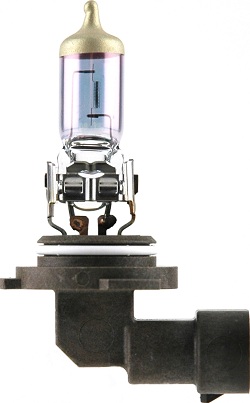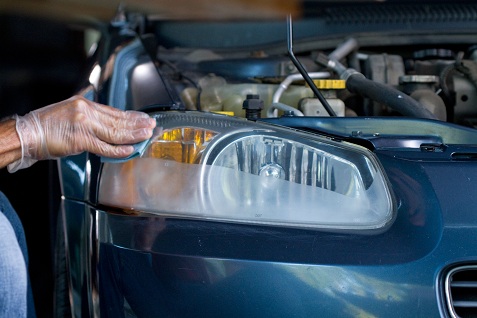The oil and filter change is the backbone of automotive maintenance. Everywhere you look, this seems to be the lone ingredient to keep your car on the road. But beyond the items that your local oil change shop advertises, there are items that are just as crucial to check and change as your car gets older. In fact, ignoring these items is just as bad as not changing your oil at all.
Headlights
“Don’t Know What You Got Till It’s Gone,” helps explain the importance of headlights and how little attention we pay to them when they work. Sylvania recently took Bullz-Eye out to New Hampshire to explain that headlights can go bad before they necessarily go out. Even though they might not go out, a headlight loses about 20 feet of light distance every year. If you have HID headlights, these usually change to a shade of purple before going out.
 Although headlights last about 3 years, you should check or replace them in about half that time. When it comes to replacement, they are probably the most DIY friendly replacement item on this list. Sylvania even offers a guide on their website to help you install the bulbs correctly, plus tips and tricks to ensure lasting performance. You can also take the chance to upgrade your lights with better bulbs, such as with Sylvania Silverstars. These lights offer HID quality lighting for halogen applications. Don’t be driving in the dark by checking and changing your light bulbs before they go out.
Although headlights last about 3 years, you should check or replace them in about half that time. When it comes to replacement, they are probably the most DIY friendly replacement item on this list. Sylvania even offers a guide on their website to help you install the bulbs correctly, plus tips and tricks to ensure lasting performance. You can also take the chance to upgrade your lights with better bulbs, such as with Sylvania Silverstars. These lights offer HID quality lighting for halogen applications. Don’t be driving in the dark by checking and changing your light bulbs before they go out.
O2 sensors
The O2 sensor measures the oxygen from your car’s exhaust to make sure the engine’s computer is supplying the right amount of fuel for the engine. However, when the O2 sensor stops working, havoc occurs with how the engine performs. The mixture of air and gas runs wild. This can affect your mileage, your engine’s lifespan, and the emissions it spews.
That’s why you should pay special attention to your O2 sensor’s lifespan. They don’t need replacing often, usually 30,000-50,000 miles, but once you hit the end of its lifecycle, fixing it could save you many costs down the road.
Fuel Filters
Repair shops will often tell you to replace air filters with due diligence, but they usually don’t advertise the other big filter in the car, the fuel filter. The fuel filter is crucial in keeping debris in the gas from getting into the engine. When it gets clogged, fuel may stop getting in to the engine, or dirt enters the motor.
Fuel filters usually last 50,000 miles, but do vary between cars. Some are easy to change yourself, others not so much. Try to find a guide online guide about your specific car, or get it changed at a repair shop. Changing your fuel filter is necessary in ensuring fuel mileage and keeping your engine and fuel system clean.
Timing Belts
The timing belt in most engines keeps the engine from destroying itself from the inside out. Without the timing belt, the pistons punch a large hole in the top of the cylinders. With a timing belt, they are pulled back right before contact is made. Because of their importance, timing belts last a long time, usually around 100,000 miles.
However, it is vital to check your timing belt every so often for cracks and stretch marks. If your car has reached 100,000 miles, or is past it and never had the belt changed, you should probably look into making an appointment with your mechanic. It is a little bit pricey to get your timing belt changed, but not nearly as much as getting your engine replaced.
Timing belts, fuel filters, 02 sensors, and headlights are the unsung heroes in car maintenance. They don’t need changing or checking very often, but if ignored will hurt your car and your wallet in some big ways.
You can follow us on Twitter and Facebook for content updates. Also, sign up for our email list for weekly updates and check us out on Google+ as well.
Posted in: Cars
Tags: auto accessories, Beyond the Oil Change, car accessories, car maintenance, Fuel Filters, headlights, O2 sensors, Sylvania, Sylvania headlights, Timing Belts




















